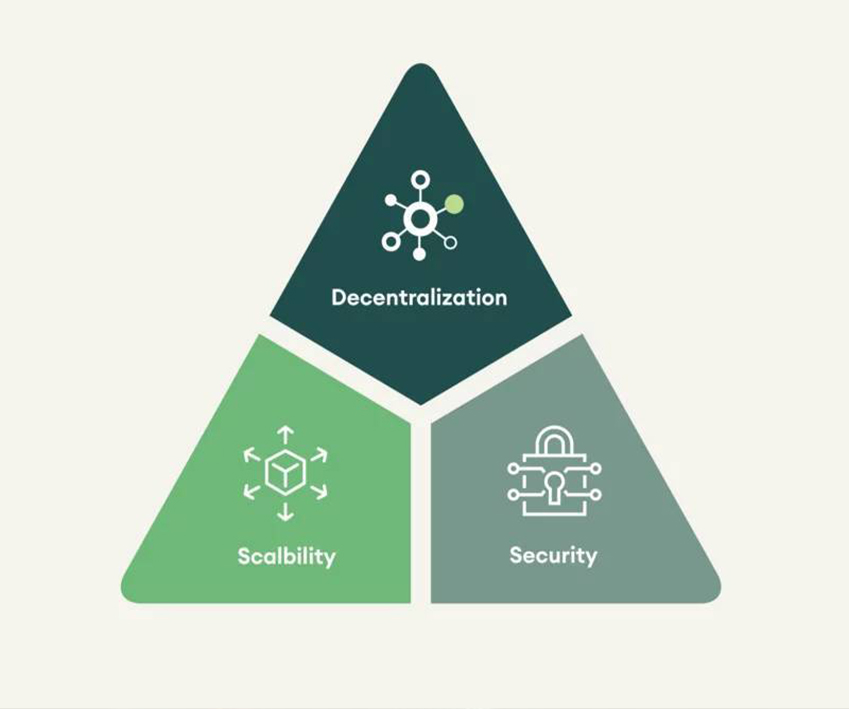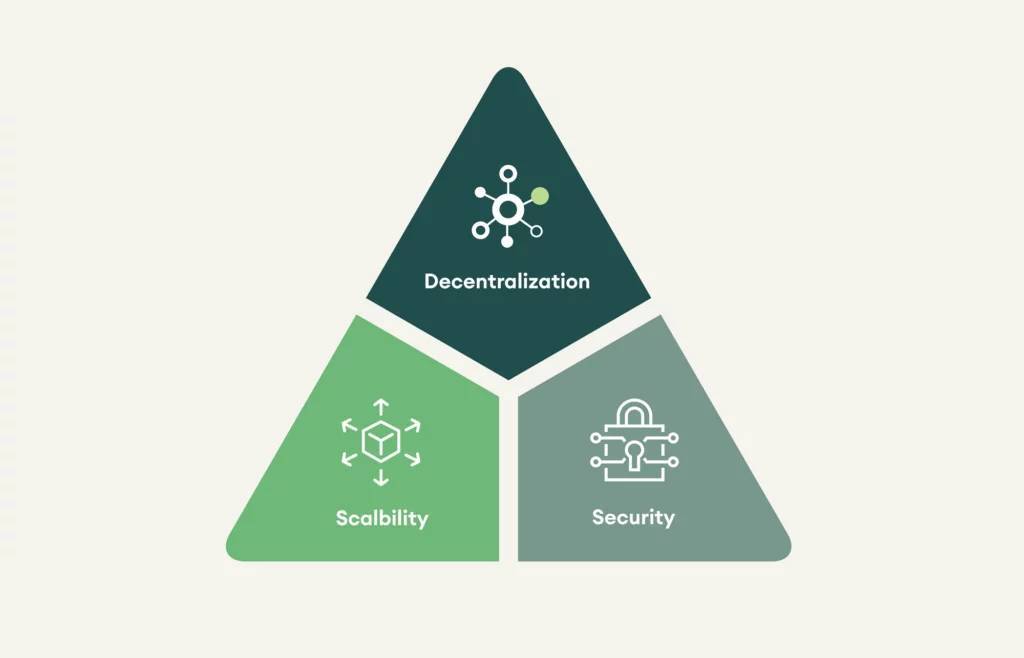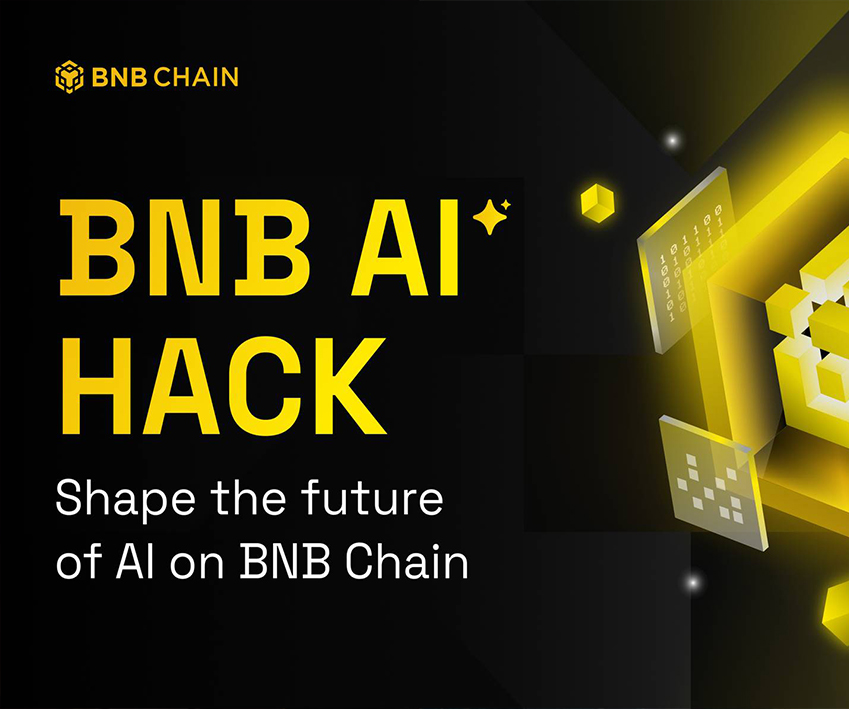
The Blockchain Trilemma and Design Philosophies
The Blockchain Trilemma describes the biggest challenge faced by blockchain developers: the inability to optimize all three factors—decentralization, security, and scalability—simultaneously. Networks must sacrifice one aspect to optimize the remaining two. In this article, we will explore the Blockchain Trilemma, blockchain design philosophies, and scaling approaches for mass adoption.

Introduction
From a whitepaper introduced by Satoshi Nakamoto in 2008, few could have predicted the profound impact of Bitcoin and blockchain technology on today’s world.
After more than 17 years of development, we have witnessed the emergence of thousands of blockchains with diverse designs, each claiming technological and application breakthroughs. However, behind this explosion lies a persistent technical reality: no blockchain can simultaneously optimize all three core attributes—decentralization, security, and scalability. This is the Blockchain Trilemma, a concept introduced by Vitalik Buterin that has become a standard in blockchain system design.
In this article, we will explore the Blockchain Trilemma, blockchain design philosophies, and scaling approaches for mass adoption.
Decentralization
Decentralization is the core characteristic of blockchain, referring to the distribution of decision-making and control across a system rather than concentrating it in a single entity or group.
Decentralization is measured by the number of participants (nodes, validators), geographical distribution, economic power distribution, and the Nakamoto coefficient (the number of entities required to collude in order to control the network).
Decentralization plays a crucial role in resisting censorship and increasing system trust. Users do not need to rely on a third party to verify their transactions. It also helps prevent single points of failure, as there is no central server, and data is distributed, making recovery easier.
However, decentralization comes with performance challenges. Achieving consensus among multiple distributed nodes requires significant time and computational resources.
Security
Security refers to a blockchain’s ability to resist attacks, maintain data integrity, and protect user assets.
Blockchain systems utilize cryptographic algorithms to secure data. Consensus mechanisms such as Proof of Work (PoW) and Proof of Stake (PoS) not only support decentralization but also play a crucial role in securing the network.
Modern blockchains often employ economic security mechanisms to reinforce system integrity. Network participants must stake assets to prevent malicious behavior, while dynamic gas fees help mitigate network abuse.
Alongside decentralization, security is a fundamental pillar of any blockchain system. Projects may choose to sacrifice decentralization or scalability, but security remains non-negotiable—defending against attacks is a necessity.
Scalability
Scalability refers to a blockchain’s ability to handle increasing transaction volumes without compromising performance or significantly raising costs.
Scalability is measured by throughput (transactions per second or TPS), transaction finality time, transaction costs, data availability, and storage and processing capabilities.
Scalability has been one of the biggest challenges for early-generation blockchains like Bitcoin and Ethereum. Addressing this issue often requires trade-offs with decentralization or security.
The Blockchain Trilemma is not just a technical problem; it is a philosophical framework that shapes the entire blockchain design and development process. Every blockchain must navigate these trade-offs, and the priorities chosen will define the network’s characteristics, applications, and long-term value system.
* Sign up for Binance to trade: Here
* Telegram: 3aW Crypto












